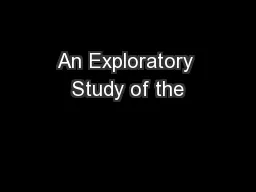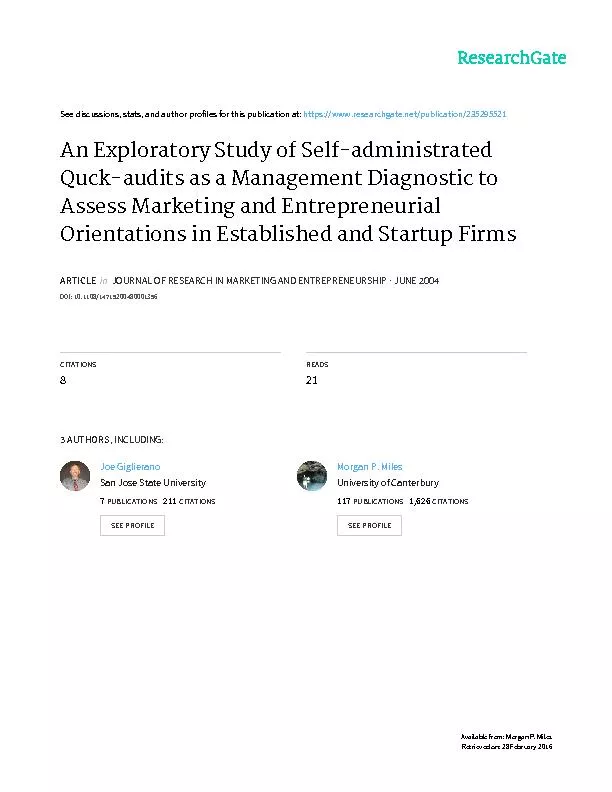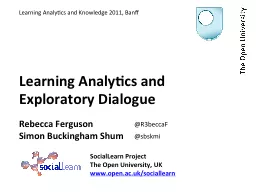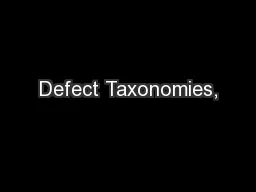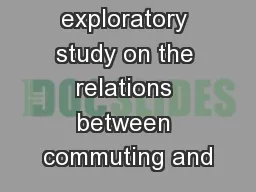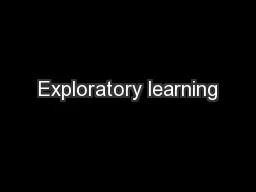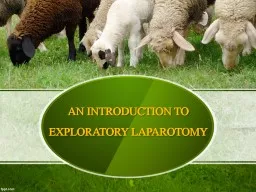PPT-An Exploratory Study of the
Author : yoshiko-marsland | Published Date : 2018-11-07
Five Cs Model of Positive Youth Development Among Indiana 4H Youth Abby M Robinson Masters Candidate April 12 2011 Why Positive Youth Development Until the
Presentation Embed Code
Download Presentation
Download Presentation The PPT/PDF document "An Exploratory Study of the" is the property of its rightful owner. Permission is granted to download and print the materials on this website for personal, non-commercial use only, and to display it on your personal computer provided you do not modify the materials and that you retain all copyright notices contained in the materials. By downloading content from our website, you accept the terms of this agreement.
An Exploratory Study of the: Transcript
Download Rules Of Document
"An Exploratory Study of the"The content belongs to its owner. You may download and print it for personal use, without modification, and keep all copyright notices. By downloading, you agree to these terms.
Related Documents

